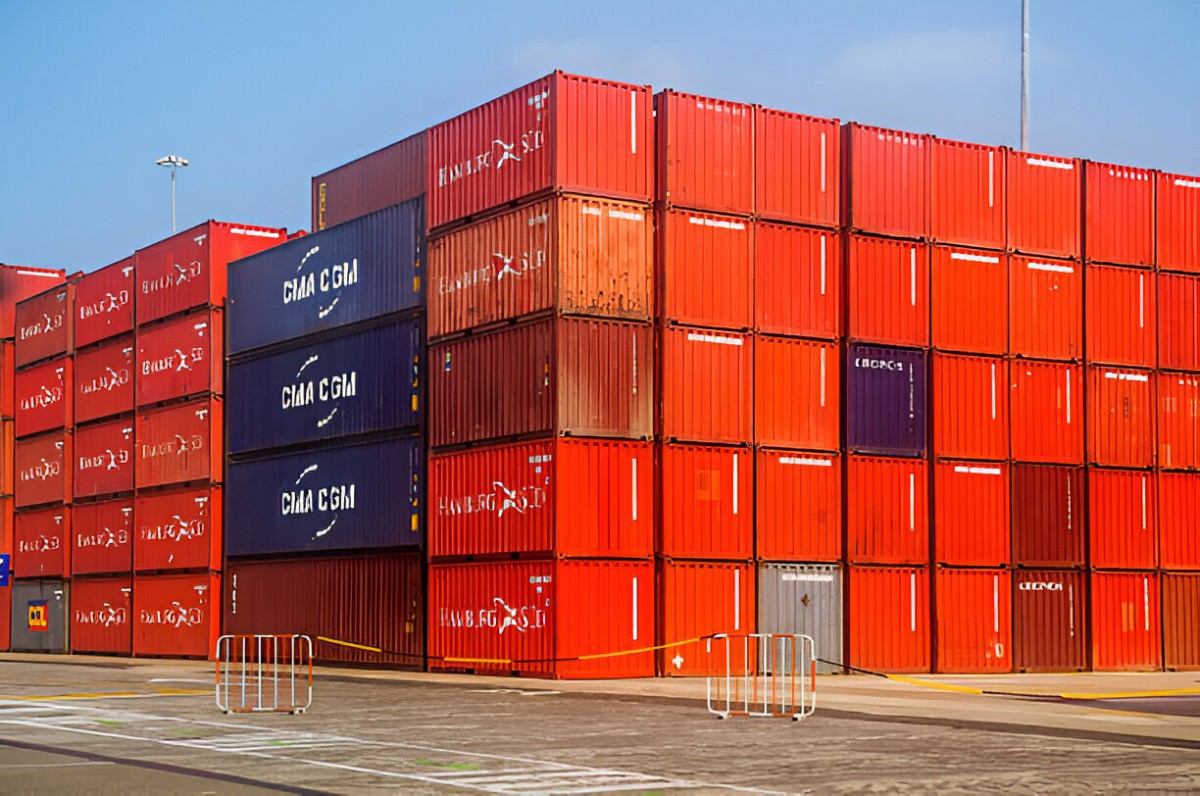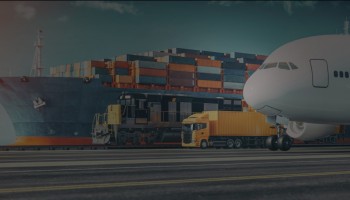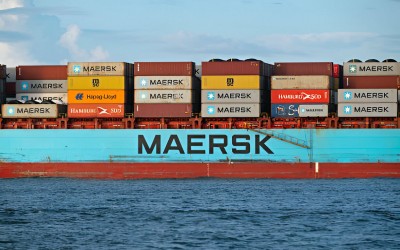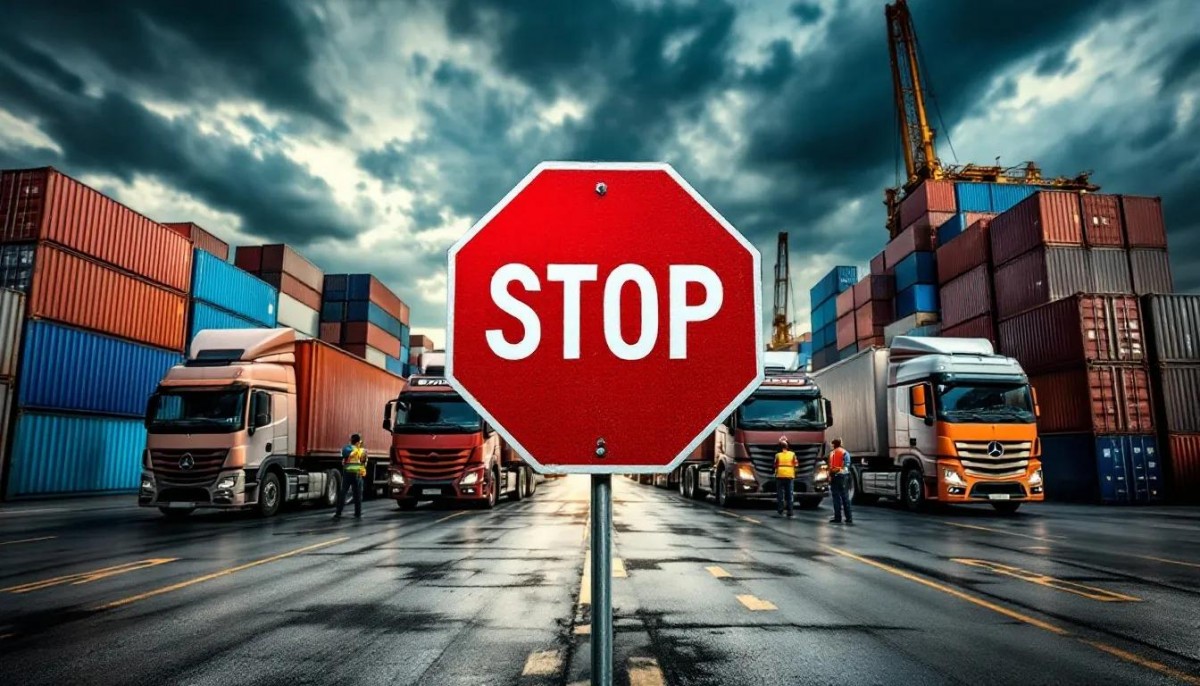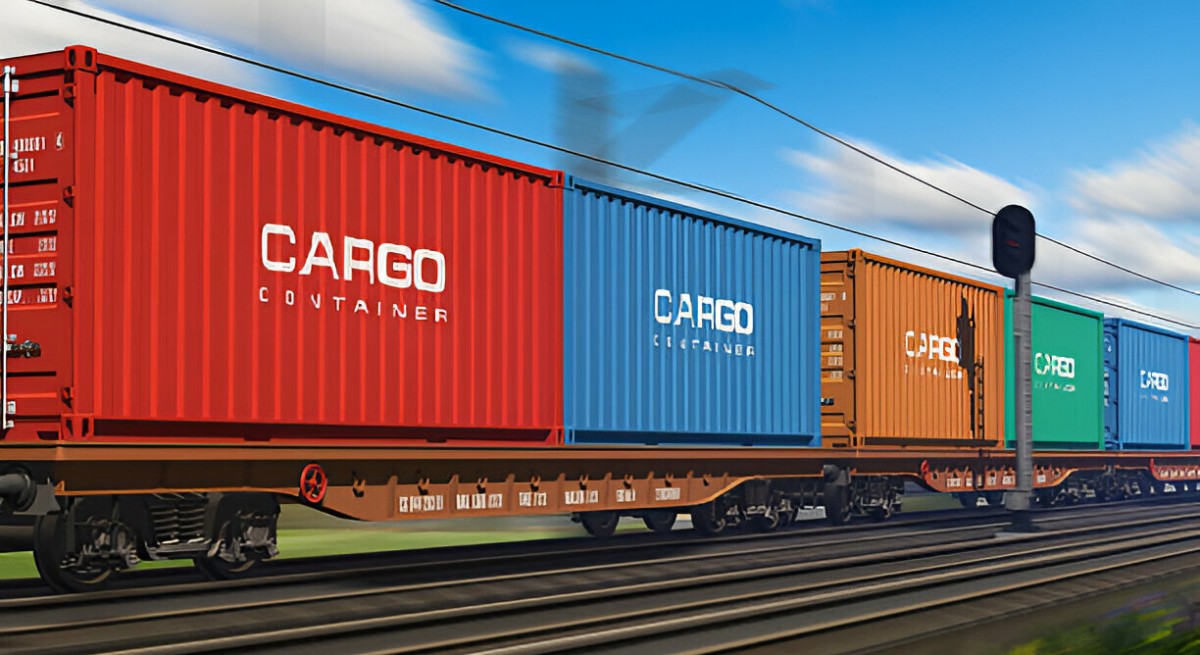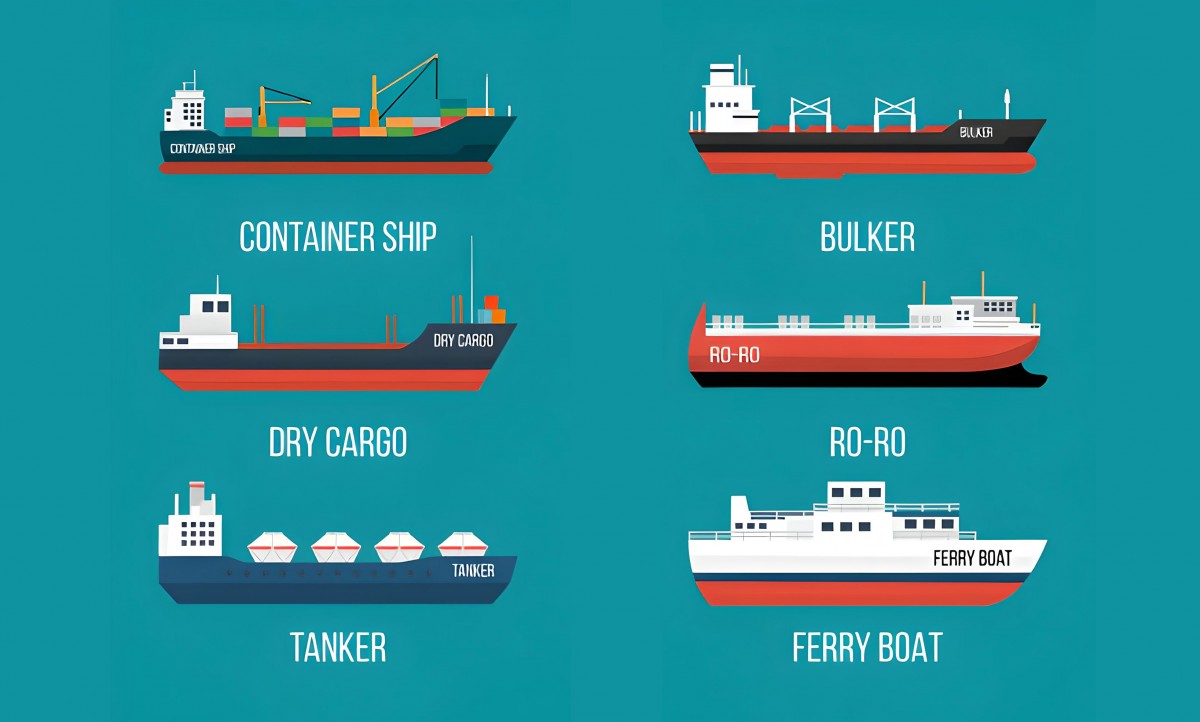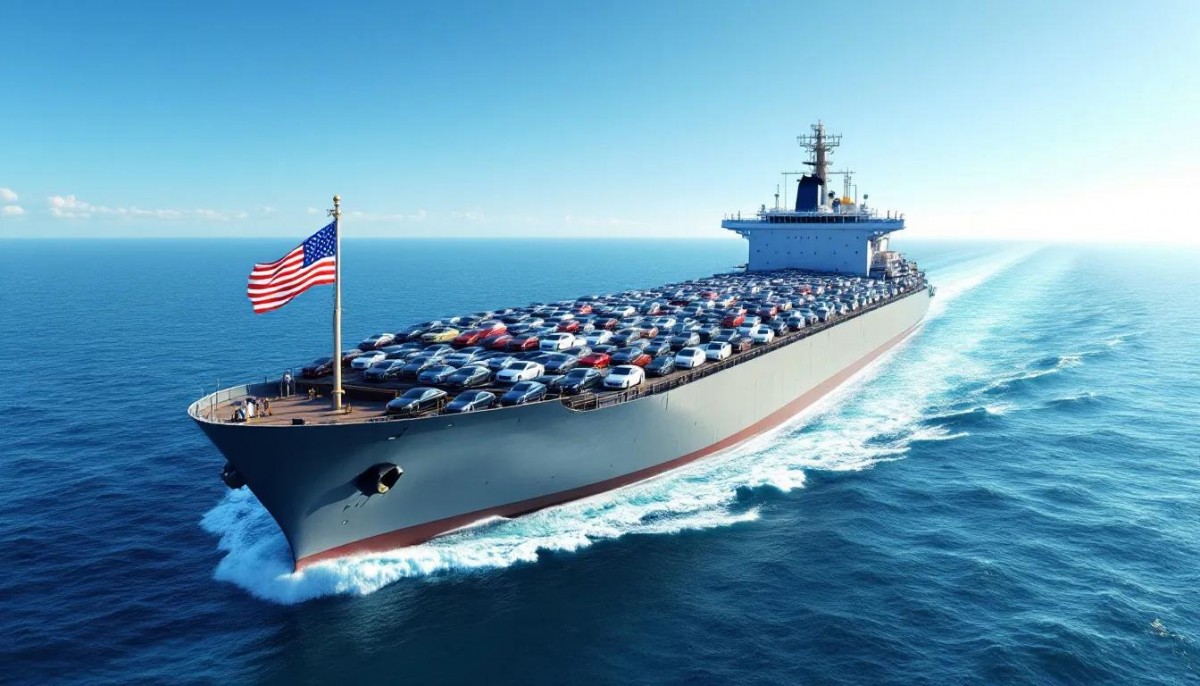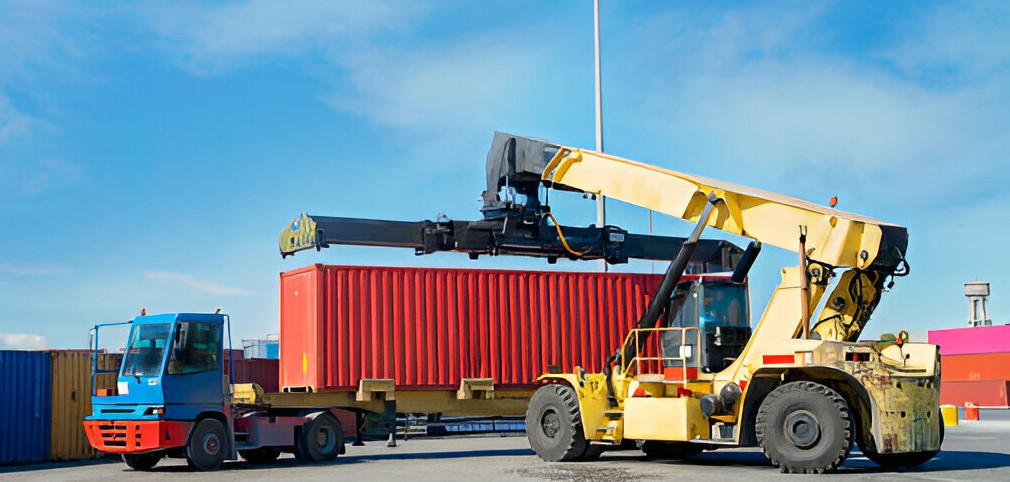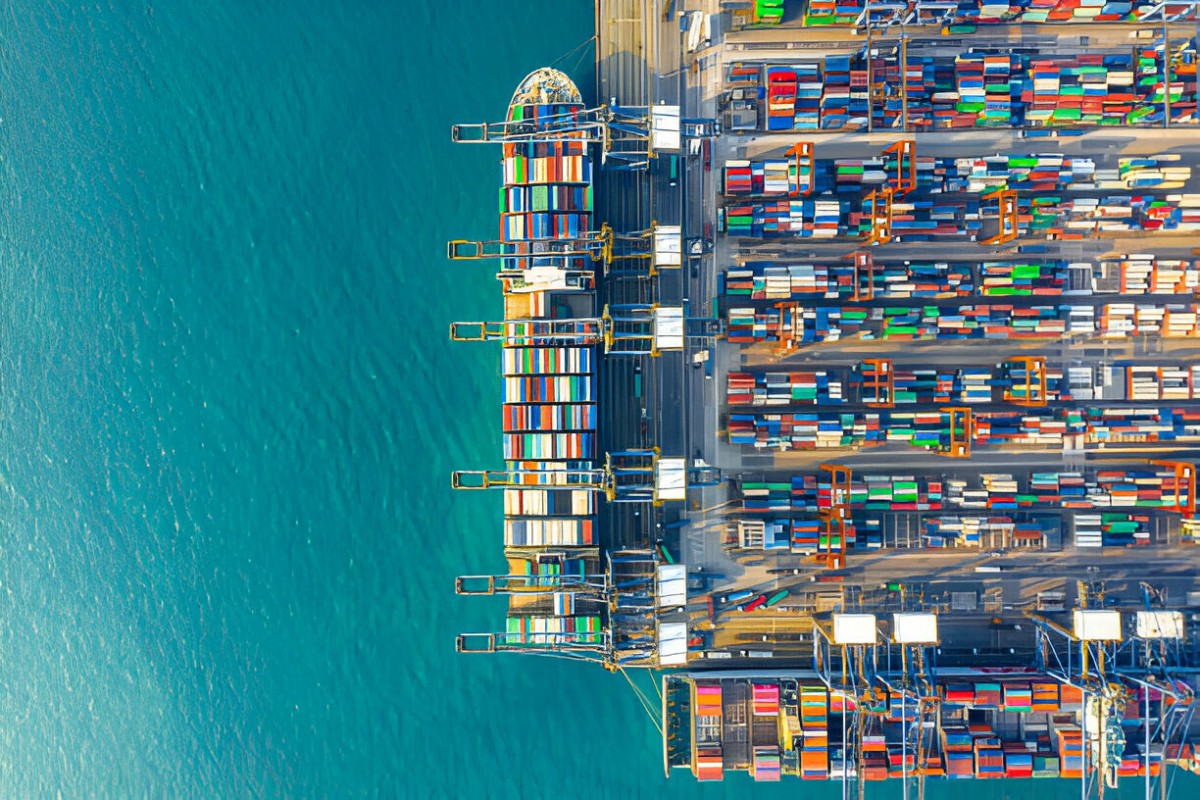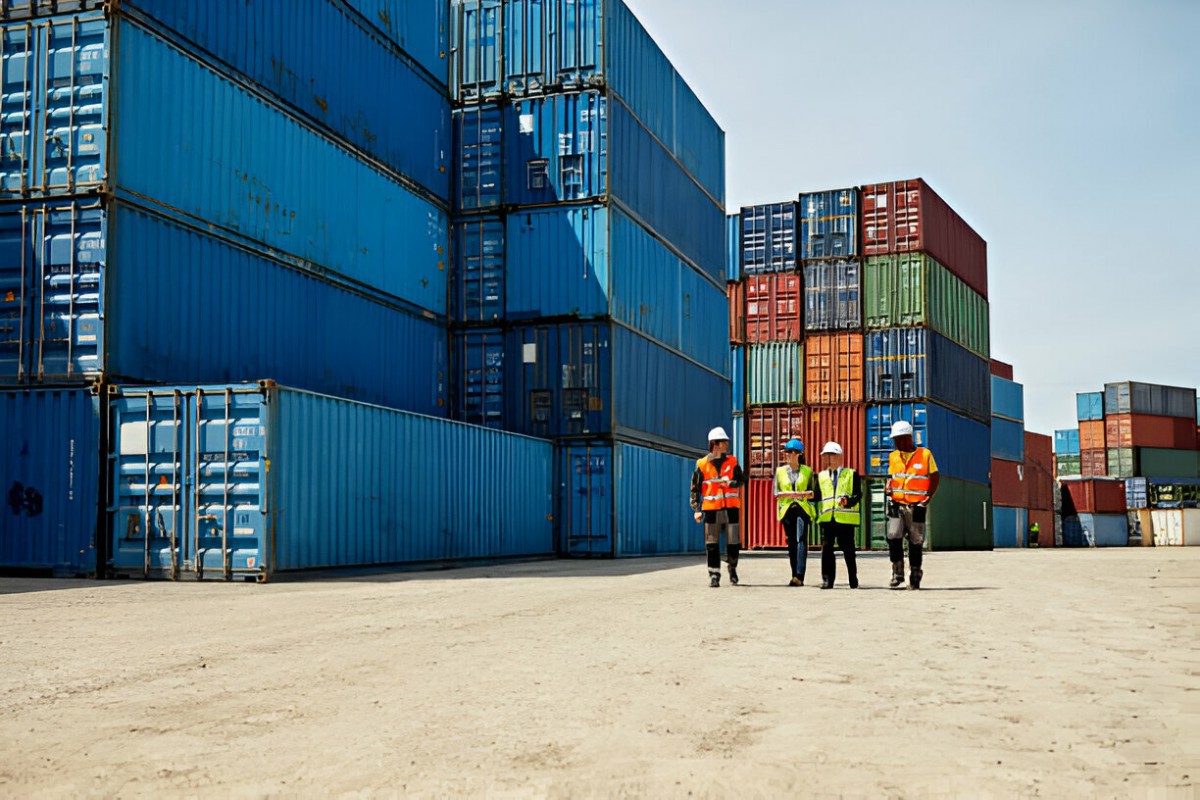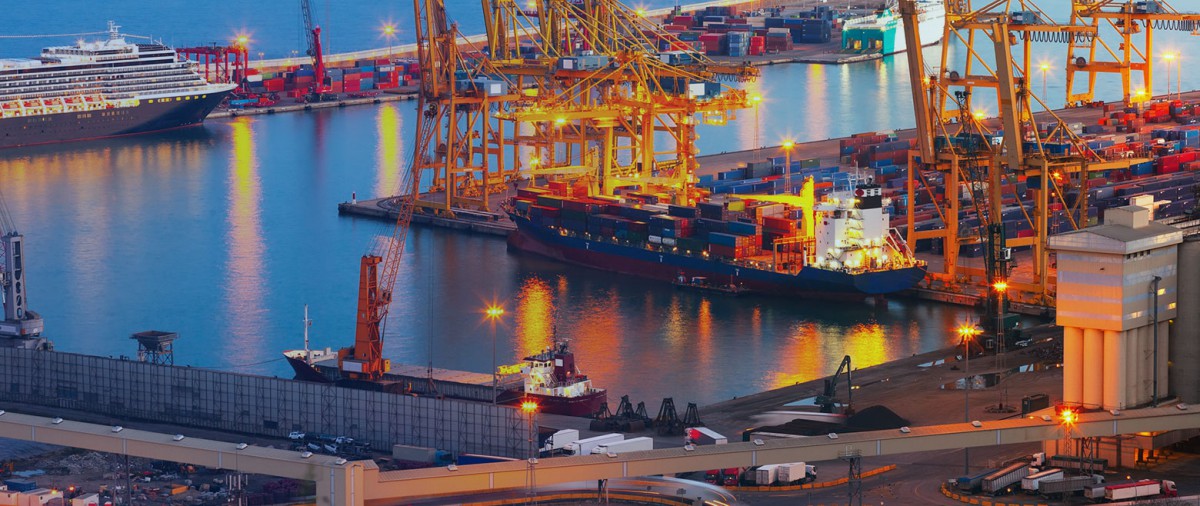Containerized Cargo A Global Trade Essential
Containers come in various sizes, with the 20-foot and 40-foot containers being the most common. The widespread adoption of containerized cargo has streamlined supply chain logistics, reduced shipping times, and contributed to the rapid growth of international trade.
The History of Containerized Cargo
The concept of containerized cargo emerged in the mid-20th century when the need for a more efficient way to move goods globally became apparent. Prior to containerization, goods were loaded and unloaded individually, a time-consuming and labor-intensive process known as breakbulk shipping. In 1956, American trucking entrepreneur Malcolm McLean developed the first modern container system, using standardized steel containers that could be easily transferred between trucks, trains, and ships.
This innovation transformed the shipping industry by significantly reducing handling time and costs, leading to the widespread adoption of containers by the 1970s. Today, containerized cargo is the dominant method for transporting goods globally.
Types of Containers Cargo
There are several types of containers designed to accommodate different types of cargo:
- Standard Dry Containers:
These are the most commonly used containers, designed for transporting dry goods that do not require temperature control. They are used to ship a wide range of items, from electronics and clothing to machinery and raw materials.
- Refrigerated Containers (Reefers):
These containers are equipped with temperature control systems and are used to transport perishable goods like food, pharmaceuticals, and chemicals that need to be kept at specific temperatures during transit.
- Open-Top Containers:
These containers have a removable roof, allowing for the transportation of oversized cargo that cannot fit through the standard container doors. Examples include heavy machinery, construction equipment, and large industrial parts.
- Flat-Rack Containers:
Flat-rack containers are essentially platforms with no sidewalls or roof, designed for cargo that is too large or awkwardly shaped for standard containers. They are commonly used for transporting vehicles, machinery, or building materials.
- Tank Containers:
Tank containers are cylindrical containers designed for the transport of liquid or gaseous cargo, such as chemicals, fuel, or food-grade liquids like wine or oil.
- High-Cube Containers:
These containers are similar to standard dry containers but are taller, providing additional storage space for lightweight, bulky cargo.
Advantages of Containerized Cargo
1. Efficiency and Speed
The use of standardized containers allows for faster loading and unloading of ships, trucks, and trains. Instead of handling individual items or pallets, entire containers are moved as single units, reducing labor time and improving the overall efficiency of port operations. This speed translates to faster delivery times and lower transportation costs.
2. Intermodal Transportation
One of the key benefits of containerized cargo is its ability to be transferred seamlessly between different modes of transport—ships, trucks, and trains—without the need to unload or reload the cargo. This intermodal transportation reduces the risk of damage and theft, simplifies logistics, and cuts down on shipping time.
3. Security
Containers offer a high level of security during transportation. Once sealed, they can only be opened at their destination, significantly reducing the risk of theft or tampering. This security is particularly important for high-value goods like electronics, luxury items, or pharmaceuticals.
4. Cost-Effective
Containerized shipping has significantly lowered transportation costs. By enabling faster, more efficient loading and unloading, it reduces labor costs and minimizes the amount of time ships spend in port. Additionally, the ability to move large quantities of goods in a single container reduces shipping costs per unit of cargo.
5. Standardization
The global standardization of containers (20-foot and 40-foot) ensures that they can be handled by equipment at ports and transferred between trucks, trains, and ships without compatibility issues. This uniformity streamlines international shipping processes and allows for efficient use of space on transport vehicles.
The Process of Containerized Cargo Transport
The process of moving containerized cargo from origin to destination involves several key stages:
- Loading:
Goods are packed into containers at the point of origin, typically a manufacturing facility or distribution center. The container is then sealed and loaded onto a truck or train for transport to the nearest port.
- Port Operations:
Once the container arrives at the port, it is transferred to a cargo ship using specialized handling equipment, such as gantry cranes. At this point, the container is stacked on the ship with other containers, often in a tightly packed configuration known as container stowage.
- Ocean Transport:
The container is transported across the sea, often traveling on massive container ships capable of carrying thousands of containers at a time. The ships follow established maritime trade routes to their destination port.
- Unloading and Distribution:
Upon arrival at the destination port, the container is unloaded and transferred to another truck or train for delivery to its final destination. The goods inside the container are unpacked and distributed as needed.
Challenges of Containerized Cargo
- Port Congestion:
The growing volume of containerized cargo can lead to congestion at major ports, causing delays in loading and unloading. This can disrupt supply chains and increase shipping times.
- Environmental Impact:
The use of large container ships has raised concerns about their environmental impact. These vessels consume significant amounts of fuel, contributing to greenhouse gas emissions and air pollution. Additionally, the disposal of old containers presents waste management challenges.
- Container Imbalance:
One of the key logistical issues in containerized shipping is the imbalance of containers. Some regions import more goods than they export, resulting in a surplus of empty containers. This imbalance creates inefficiencies in the global shipping system and leads to increased costs for transporting empty containers.
- Security Concerns:
Although containers provide a high level of security, they are not immune to illegal activities such as smuggling or piracy. Criminal organizations may use containers to transport illicit goods, posing a challenge for authorities tasked with inspecting and monitoring containerized cargo.
The Future of Containerized Cargo
- Automation: Automated ports, cranes, and vehicles are becoming more common, improving the speed and efficiency of container handling while reducing labor costs.
- Smart Containers: Equipped with GPS tracking, temperature sensors, and real-time data transmission, smart containers provide greater visibility and control over cargo during transit. This technology allows shippers to monitor the condition of goods, especially perishable items, throughout the journey.
- Sustainability Efforts: As environmental concerns grow, the shipping industry is adopting greener practices, such as using alternative fuels (like liquefied natural gas or biofuels) for container ships and investing in energy-efficient port equipment.
Containerized cargo has revolutionized global trade, offering a fast, efficient, and cost-effective way to transport goods across vast distances. The use of standardized containers has streamlined logistics, improved security, and reduced shipping costs. Despite challenges such as port congestion and environmental impact, containerization remains the backbone of modern international trade. With technological advancements and sustainability efforts, the future of containerized shipping will likely see even greater efficiency and environmental responsibility.

